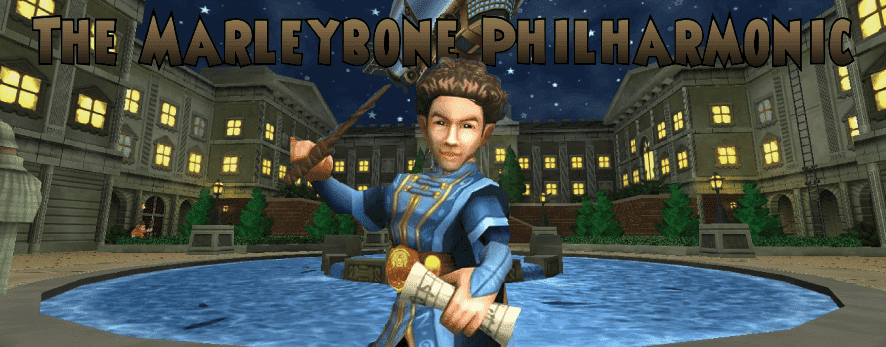Tag: orchestra
-
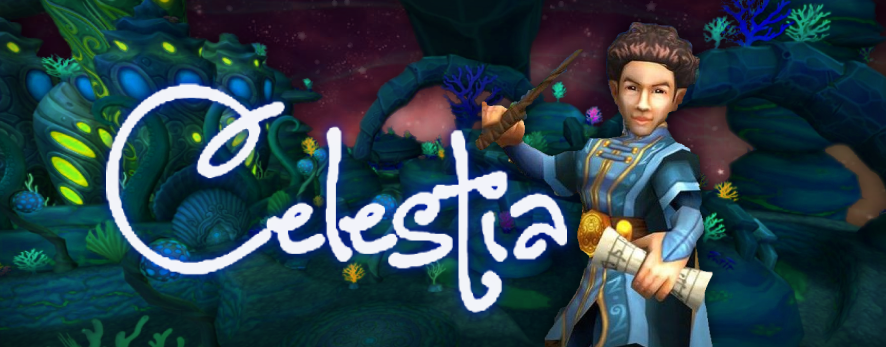
The Celestian Orchestra
•
Celestia, world of the shining stars, the reflecting moon, the powerful sun -and crabs- we invite you to the recently discovered in-tact ruins of the Celestian Opera House. Archaeologists have inspected the theatre to be in safe enough condition for public entry. Our finest Marleybonian musicians have decided to hold…
-
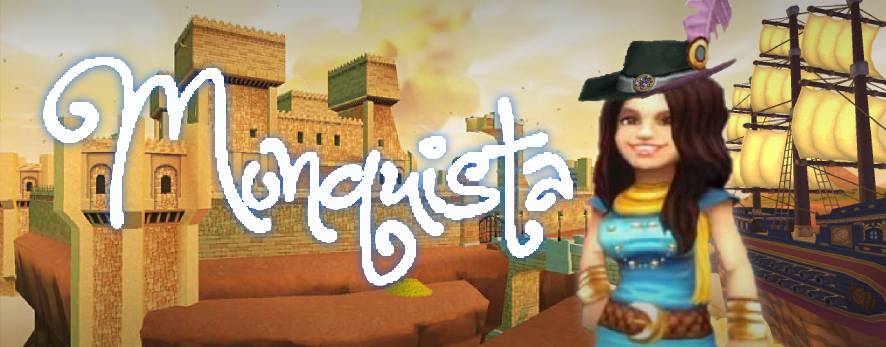
The Monquistan Choir
•
Despite its location in an isolated corner of the Spiral, Monquista, rich in gold and culture, is one of its most prominent powers. The Skull Island colonies enrich their people considerably. In line with Valencia and Marleybone, their society is posh and structured in which there is a noble class,…
-
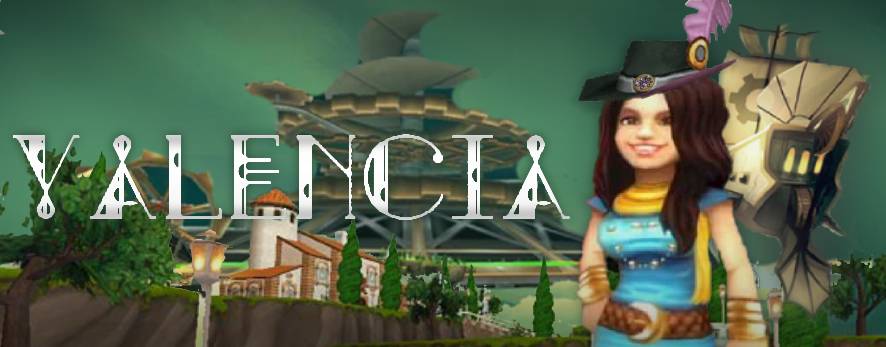
The Valencian Philharmonic
•
T he home of the ruthless clockwork empire and our own Diego the Duelmaster. Valencia was once a land of pristine culture and beauty until the clockworks came onto the scene. This is best shown through the music of Valencia. Elegant classical instruments such as the piano and strings identify the…
-
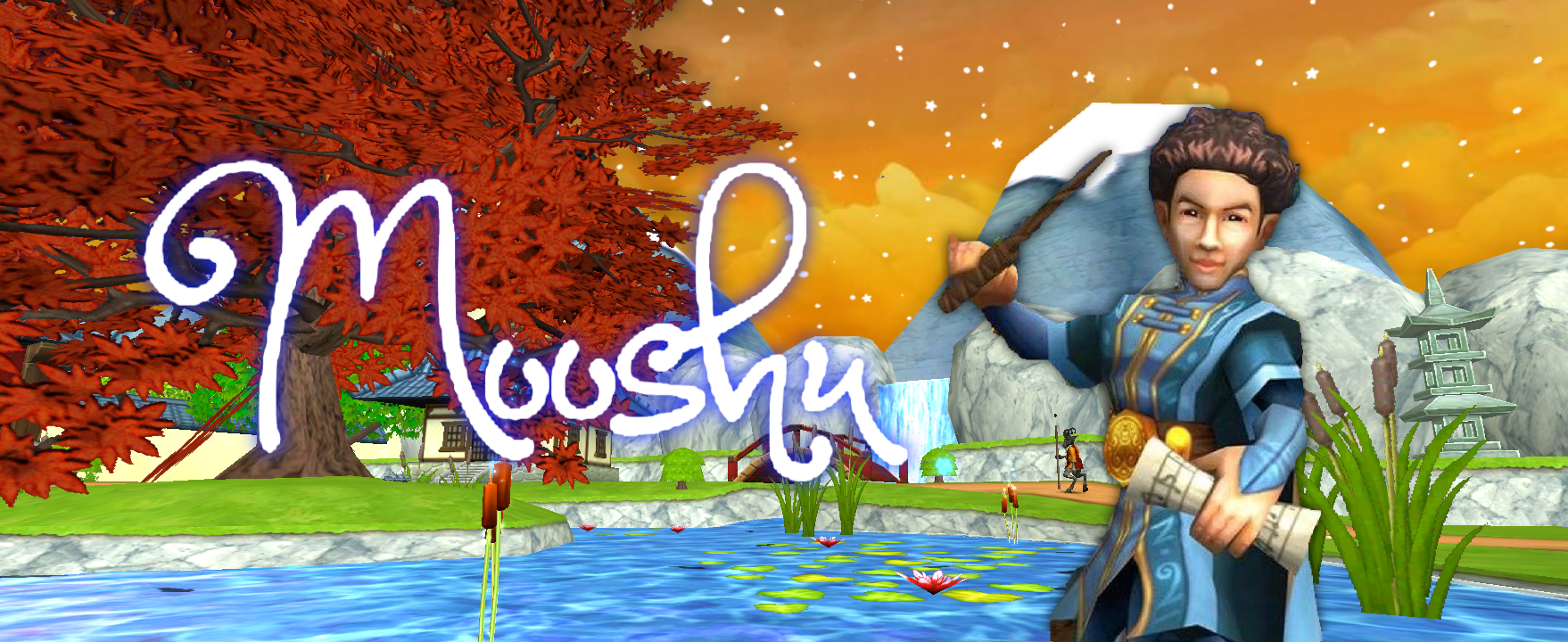
The Music of Mooshu
•
As the emperor falls ill, the factions of Mooshu wage war against each other and there is no way of knowing how it will all play out. Mooshu’s people are hesitant to trust us wizards because of Malistaire who stole their spiral key in an attempt to resurrect his beloved Sylvia. Let us delve into the…
